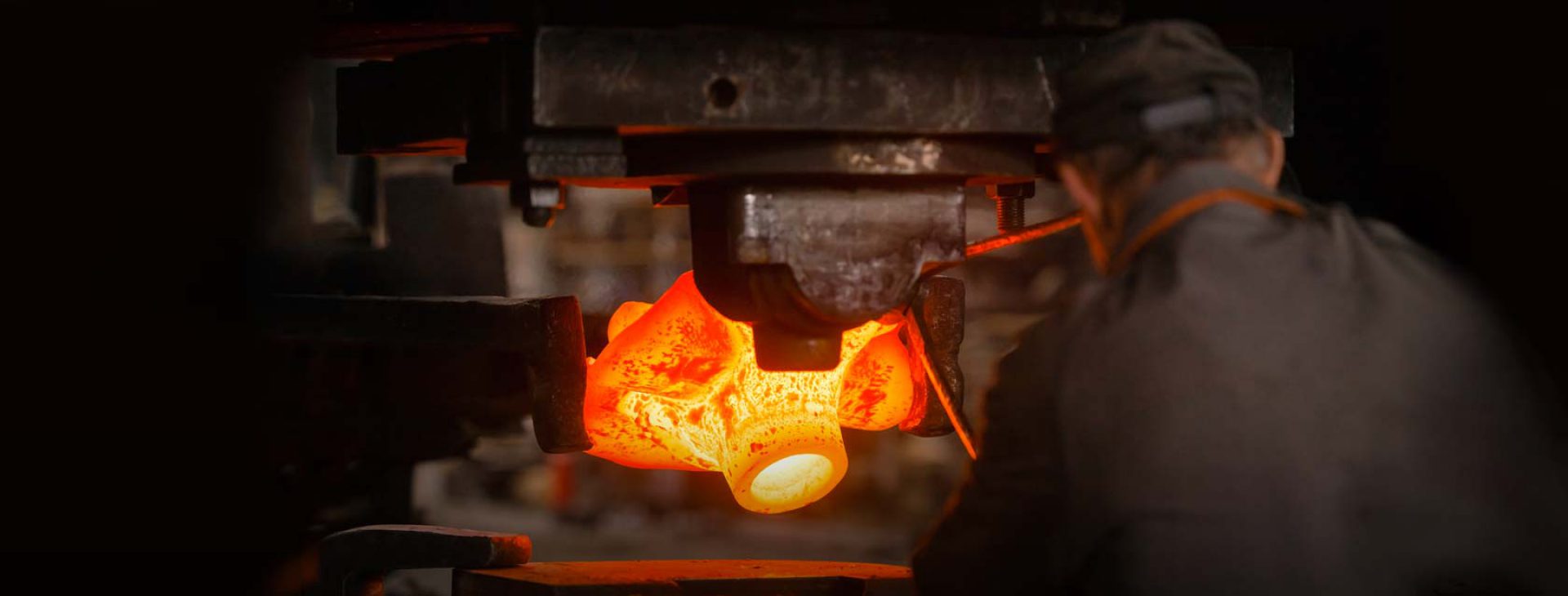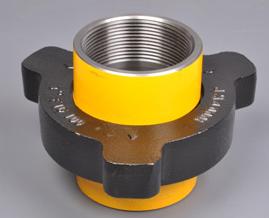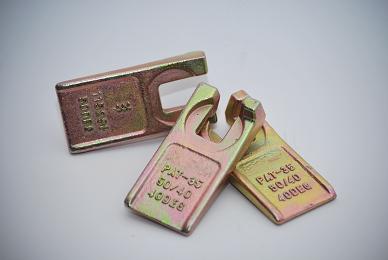Forging is one of the core metalworking processes for steel components. In most cases, products after steel forging are just shot blasted and anti-rust oil painted. But sometimes, there are also some other surface treatment requirements, in order to improve the appearance, meet special brand requirement,protect the surface from external influences, change the properties of material, etc.
To supply finished components, CFS Forge also provides our clients with value-added surface treatment services for their steel forgings. Blow are the common methods of surface treatment in our company.
Color painting is the most popular surface treatment method for different colors requirement. We can paint any color after shot blasting for steel forgings according to the colour palette or color chart (such as RAL 7016). If the steel forgings will be machined, then painting is usually operated before machining in case the machining surface will be effected.
Powder Coating
Powder coating is another surface treatment way for colors. Comparing with painting, it does less harm to the environment. But powder coating costs more than paiting. Also, the surface of steel forgings looks much better.
Galvanization is the process of applying a protective zinc coating to steel forging, to prevent rusting. The most common method is hot-dip galvanizing, in which parts are submerged in a bath of molten zinc. There are two types of zinc used, one is trivalent zinc and the other is hexavalent zinc. Trivalent zinc is environmental, but cost more than hexavalent zinc. And hexavalent will do harm to the environment. So almost all the overseas customers prefer trivalent zinc for their high sense on environment.
Black Oxide Finish
Black oxide or blackening is a conversion coating for steel forgings. It is used to add mild corrosion resistance, for appearance and to minimize light reflection. To achieve maximal corrosion resistance the black oxide must be impregnated with oil or wax. The obvious advantages over other coatings is its minimal buildup. After black oxidization,the surface of steel forgings will look smooth and glossy. We will see an anti-rust layer,which is helpful to longer the lifetime of products.
Pickling and Passivation
Pickling & passivation is a special surface treatment way only for stainless steel forging. Both pickling and passivation are chemical treatments applied to the surface of stainless steel forging to remove contaminants and assist the formation of a continuous chromium-oxide, passive film. Pickling and passivation are both acid treatments and neither will remove grease or oil.
Phosphating Treatment
Phosphate coatings are used on steel forgings or castings for corrosion resistance, lubricity, or as a foundation for subsequent coatings or painting. It serves as a conversion coating in which a dilute solution of phosphoric acid and phosphate salts is applied via spraying or immersion and chemically reacts with the surface of the part being coated to form a layer of insoluble, crystalline phosphates.
Case Hardening
Case-hardening is the process of hardening the surface of steel forging part while allowing the steel deeper underneath to remain soft, thus forming a thin layer of harder metal (called the “case”) at the surface. Case-hardening or surface hardening is the process of hardening the surface of a metal object while allowing the metal deeper underneath to remain soft, thus forming a thin layer of harder metal (called the “case”) at the surface.
Our surface treatment capability enables us to offer our customers high quality steel forgings with excellent surface finish after closed die forging process. We can offer all kinds of surface treatments either finished in-house or from our partner. More and more customers benefit from our wide range of surface treatment service. Together with our machining and heat treatment capabilities, our surface treatment capabilities enable us become your “One Stop Shop” steel forging supplier. Contact us for your steel forging project with any surface treatment requirement!



